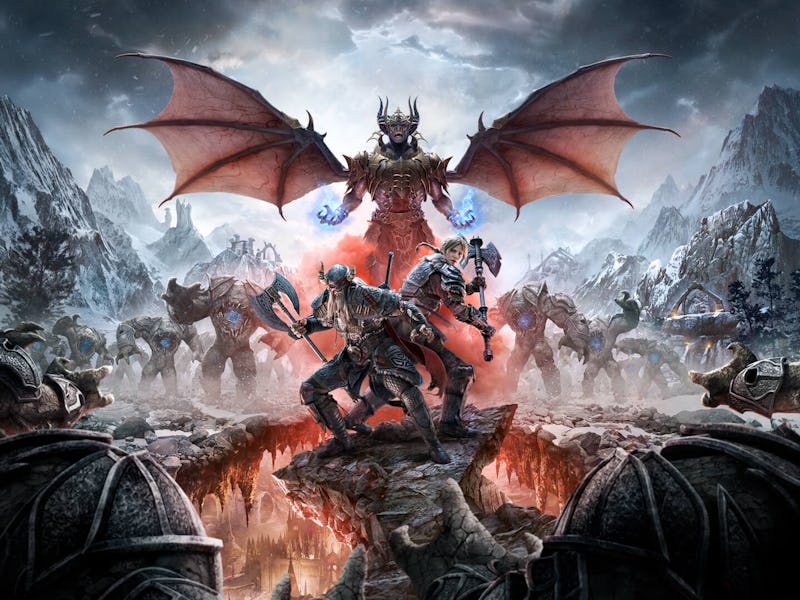Elder Scrolls 6 might be surprisingly similar to Hades in 1 crucial way
Todd Howard teases his ambitious plans for the long-standing RPG.

Elder Scrolls VI is now a first-party Microsoft title after the September announcement of the company's $7.5 billion acquisition of Bethesda Softworks. That could mean the long-awaited new installment of the open-world fantasy franchise will be an Xbox exclusive.
But even though the Microsoft deal could fundamentally change the future of Elder Scrolls, series director Todd Howard has reassured fans that the franchise's DNA is here to stay, revealing Elder Scrolls 6 will continue to push the boundaries of procedural generation, a technology which relies on randomization to create potentially infinite explorable environments. Indie developer Supergiant Games recently found enormous success using procedural generation in Hades, which makes every playthrough of the dungeon-crawler feel unique. Now Bethesda is gearing up to show gamers what the technology can do for massive-scale open-world titles.
Every level you set foot in, in Hades is created by the game on the fly based on several parameters that are determined before players dive into combat. Elder Scrolls games are much larger scale than Hades, so it's unlikely Bethesda will use the technique to create every location in the game. Instead, Howard told GamesIndustry.Biz that Bethesda is looking into ways it can fold procedural generation into the Elder Scrolls 6 development cycle.
"We like to experiment each game with procedural stuff, and then if it's not working out, go in and touch it," he said. "The stuff we're doing now, we're pushing procedural generation further than we have in a very, very long time."
'Elder Scrolls 2: Daggerfall' was primarily assembled using procedural generation and it remains one of the largest open-worlds of all time.
This wouldn't be the first time Bethesda has used the method to craft the sprawling worlds of Elder Scrolls. Daggerfall was released in 1996 and was primarily built using procedural generation, which made it one of the largest open-world games to date with somewhere in the ballpark of 15,000 cities, villages, and dungeons players can explore. But these computer-generated areas didn't quite have the charm the Bethesda wanted out of them.
The 2002 release of Morrowind also used procedural generation but Howard said Bethesda "went over it [by] hand" to fully realize the vignettes of locations their technology created. Skyrim used a similar approach mostly to create the ever-changing ambient quests that players can stumble upon when they're traveling across the games landscapes.
Many of the strangers you encounter in 'Elder Scrolls 5: Skyrim' were created using procedural generation.
Elder Scrolls 6 could end up using a combination of Bethesda's earlier attempts or potentially set off in a whole new direction, including characters with procedurally generated dialogue to ensure no playthrough feels the same. Procedurally generated weather could also be implemented to create random world events, or even cataclysmic storms or disasters that could change the game's landscape.
Howard was vague about Bethesda's exact plans, but he was clear that he wants to revamp the systems that have been in place for years.
"There are things we do that we still like, the way we build our worlds, the way people can mod it -- these are things I think are fundamentally good about our tech stack," he explained. "But from rendering to animation to pathing to procedural generation... I don't want to say everything, but it's a significant overhaul."
Elder Scrolls 6 is in development.
This article was originally published on